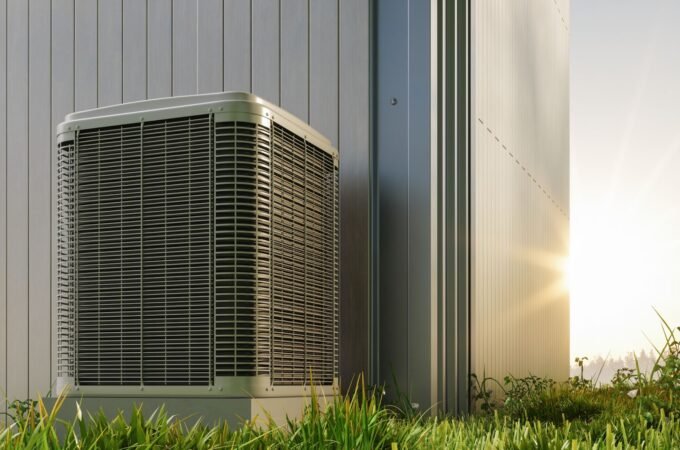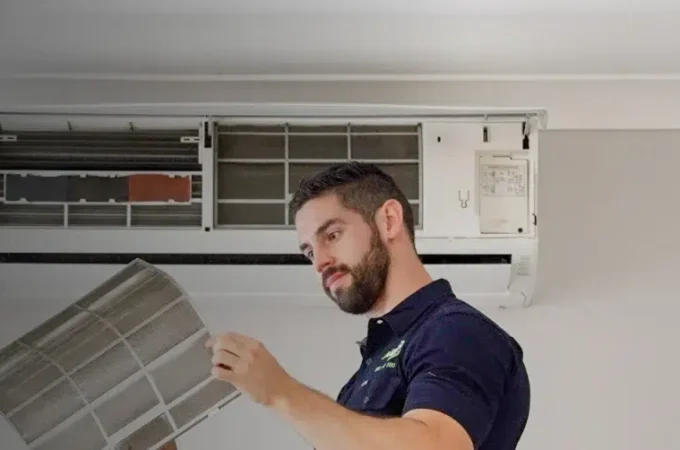
DIY vs. Professional Installation: Navigating the Choices in Loft Insulation
Installing loft insulation can be a great way to increase energy efficiency and comfort in your home. But should you DIY it or go with a professional installer?
There are pros and cons to both options, so it’s important to weigh up the considerations carefully. This guide will take you through the key factors of DIY versus hiring a professional for loft insulation installation.
The Benefits of DIY Insulation
Doing it yourself is often cheaper, as you only have to pay for materials. It also gives you flexibility on timing and allows you more control over the process. Some key upsides of DIY loft insulation are:
- Cost Savings – Buying insulation rolls or batts yourself is substantially less expensive than paying for installation services as well. This can mean big savings, even factoring in equipment rentals or purchases.
- Convenience – You can do it on your own timeline, which means not having to take time off work or wait for an installer’s availability.
- Customization – Installing it yourself allows you to achieve the exact depth and configuration you want for your space.
However, while DIY insulation has its perks, it also comes with quite a few downsides. These need to be weighed up before deciding.
The Challenges of DIY Loft Insulation
InsulationPoint noted that doing your own loft insulation brings a few complications. It is important to be aware of the complications before you proceed. Key issues include:
- Inconsistent Results – Achieving an even depth across sloped areas takes skill and patience as an amateur.
- Safety Equipment Needs – You’ll require a face mask, goggles, protective clothing and sturdy scaffolding or a ladder. Falls are a top hazard.
- Physical Strain – Hoisting rolls up through a loft hatch and into position is physically demanding. So is crawling around the space to install it.
- Time Involvement – While conscientious installing takes significantly longer DIY, rushing through risks missing spots or achieving poor coverage overall.
- Relevant Building Regulations – Lofts require minimum insulation levels under UK regulations. Non-compliance could prevent you from being able to sell down the line if it isn’t approved later.
So, is paying a professional for certainty of quality worth the extra cost? You should keep this in mind and make the decision before you proceed.
Why Choose Professional Loft Insulation
Hiring an insulation pro makes for vastly easier installation without worries over guidelines or personal safety. Benefits of professional insulation include:
- Skill and Speed – They’ll have project completion down to a science for skillfully smooth results.
- Latest Standards Met – Reaching current depth regulations in your area will never be an issue with an expert.
- Specialist Tools Used – Necessary equipment like masks, goggles, outfits, and scaffolding is provided.
- Safety – Trained technicians know how to navigate lofts without risk from electrical cables, gas pipes, weak spots or falls.
- Certifications Earned – Many provide copies of formal qualifications and guarantees of Building Regulations compliance.
- Warranties – Installers often warranty their insulation work in case of ineffectiveness or problems down the line.
- Peace of Mind – Comfort and optimized energy savings thanks to precision work are a big mental load off your plate.
For most homeowners without prior related expertise, professional installation gives better end results.

Types of Loft Insulation Available
Whether doing it yourself or getting a contractor out, you’ll next have to select an insulation material type. Common options include:
- Mineral Wool – Affordable wool batts or “rolls” are a top pick for full coverage without gaps. Isover, Rockwool and Knauf are quality UK brands.
- Sheep’s Wool – Biodegradable wool contours nicely to awkward spaces though smells strongly until it airs out.
- EPS Packs – These molded polystyrene bead packs slot neatly between joists but don’t handle moisture well long-term. Not great for cold lofts either.
Loose-Fill Insulation Options:
- Cellulose Fibers- Treated paper granules form a lightweight, settling layer with good noise absorption. Often blown in professionally.
- Mineral Wool – Rockwool and Isover off loose wool variants too, applied by blowing machine across large or awkward loft spaces with precision.
- Sheep’s Wool – Provides excellent fire resistance and regulation compliance but is more expensive for loose-fill professional installation.
The optimal insulation approach depends on your unique loft layout, materials budget, environmental aims and whether you’ll DIY it or get a contractor out.
How Much Loft Insulation Do You Need?
There are a few factors determining sufficient loft insulation, including:
- Building Regulations – UK standards require 270+mm depth for new builds, renovations, and retrofits. Though many old properties still fall way short.
- Loft Type – Habitable loft conversions need thicker insulation between joists for liveable warmth. Unused cold lofts can have thinnest layers installed.
- Local Weather/Conditions – Northern UK regions experience lower average temperatures. So heat retention requires higher depths of insulation.
- Fuel Cost Savings – Installing past the minimum can better offset rising energy bills. Finding the balance for specific use and occupancy is key.
- Environmental Goals – Maximizing insulation supports the UK 2050 net zero emissions target. Every bit toward the 350mm+ ideal helps.
Getting the right loft insulated to a healthy, cost-efficient depth means balancing regulations, climate, usage requirements and your budget.
Final Words
Installing loft insulation DIY or professionally both come with distinct benefits and disadvantages to weigh up. While doing it yourself costs less and offers scheduling flexibility, achieving uniformly snug protection from the elements takes skill and physical demand. Hiring a professional insulation specialist may mean higher upfront investment. Yet you stand to gain long-lasting energy savings, comfort, and peace of mind when regulations compliance, speedy installation and reliable results matter most. Take all your needs into account before deciding on an insulation approach.




